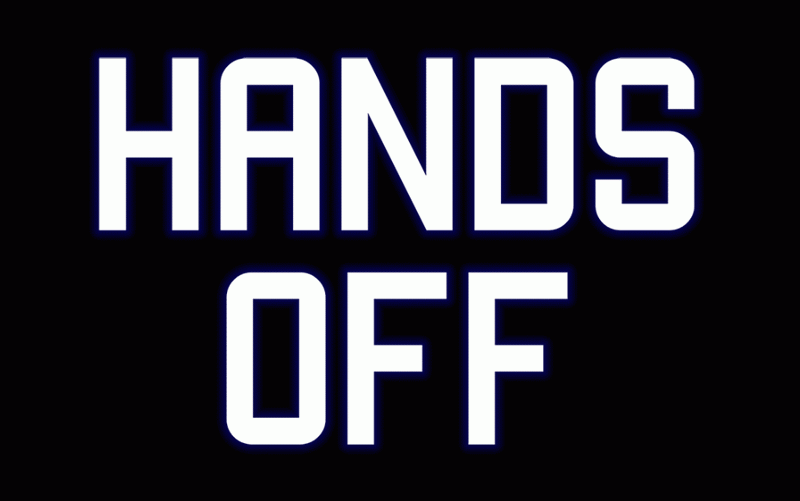Partners Stephen Stum and Jason Hallman, collectively known as Stallman, marry their individual talent and vision to create mesmerizing three dimensional sculptures out of canvas and paint. Their newest collection of work, titled Canvas on the Edge, aims to highlight the nature of the materials by giving the impression of movement through the use of elevated structures. Different angles reveal varying perspectives that play with a range of color spectrums reflecting off the ridged canvas.
The Pacific Northwest-based duo create each sculpture in tandem, merging as one to produce something unique. Where one acts as the left side of the brain, the other becomes the right, attempting to dissolve boundaries and form a piece that is completely balanced. The two draw inspiration from the natural world, mimicking biological gradients and cellular patterns within each work.
Each multi-faceted sculpture permeates a hypnotic sense of calm, as the pair successfully modify the traditional medium of paint and canvas by adding a new, creative edge.
You can read more, and see much more of this beautiful and intensive work here.





















